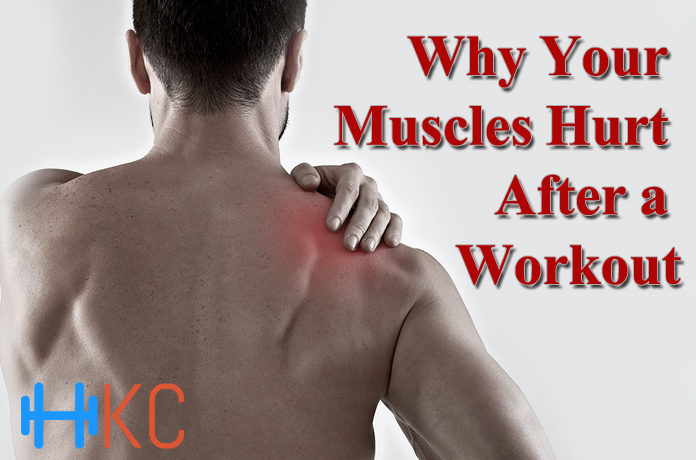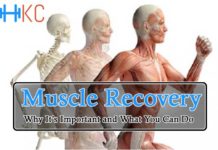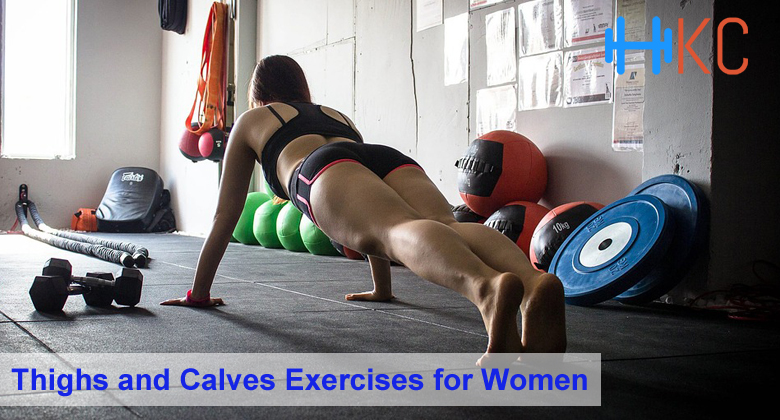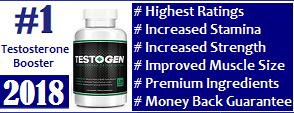We all know that exercise is an important part of a healthy lifestyle, but it is easy to get discouraged from engaging in regular workouts when each one leaves your muscles sore and achy.
The type of activity you are doing, the duration of said activity and your fitness history and ability will all influence how it affects your muscles. For instance, the new gym goer who jumps straight into an intense workout routine is more likely to experience pain than someone whose muscles are already accustomed to working out at that intensity.
That being said, even professional athletes are not immune from post-workout muscle pain or injury. Sure, they may be used to their workouts and be highly physically capable, but sometimes overuse of a muscle can be just as harmful as the strain put on muscles when starting a fitness regime from scratch.
Most Common Types of Muscle Pain
Your biceps and abs are not the only muscles that matter. The human body is full of muscles, from your toes all the way up to your face. (Even your tongue is a giant muscle!) However, larger muscles tend to get used more during standard exercise than small ones do, and therefore are more prone to injury.
Any muscle is capable of causing discomfort when tight or injured, but these large muscles tend to accumulate the most pain:
- Glutes
- Quads
- Hamstrings
- Biceps
- Triceps
- Lats
Muscle pain tends to appear in one of the following four ways:
- Immediate Muscle Fatigue: This is when you burn out your muscles (usually towards the end of a workout) and experience spasms or sometimes the inability to move your muscles as efficiently as you would like to.
- Typical Mild Muscle Soreness: This is the most typical kind of muscle soreness (hence the name); It will usually start about a day after working out. It is considered a fairly acceptable type of soreness, as it is an indication that muscles fibres are growing and rebuilding.
- Delayed-Onset Muscle Soreness: This type of soreness, otherwise known as DOM, appears two or more days after working out, and will feel more intense than typical mild muscle soreness. Luckily, it will usually take about the same amount of time to go away.
- Intense/Injury-Type Muscle Soreness: When pain persists long after doing a workout, or if that pain is sharp in nature, it may be a more serious concern. Muscle or tendon strains can be dangerous if not treated straight away, so be sure to lay off of those muscles for a while.
Obviously, there are certain similarities between these types of soreness, which can cause them to be easily confused. With that in mind, it’s not as important to know what type of soreness you are experiencing as it is to know how to resolve it.
What Causes this Pain
Now that you understand the most common types of muscle pain that one might experience, you should know the causes so that you can actively plan for or avoid them. Muscle pain ordinarily occurs as a result of this factors:
- Repetitive Movement or Overuse: It may seem like a no-brainer, but wearing out or overusing a muscle is one of the easiest ways to injure it.
- Lactic Acid Buildup: When we work out, or muscles accumulate lactic acid. While this doesn’t result in standard soreness, per se, it can cause a burning feeling in overworked muscles.
- Dehydration: When you have not drunk sufficient water before a workout, your body’s ability to transfer blood to your muscles becomes compromised.
- Not Warming Up Properly: You have probably heard the saying that muscles are like rubber bands – when they’re cold, they snap. If you warm them up, however, they will be more malleable and less prone to injury.
- Sprains or Strains: This occurs when muscles and ligaments are overstretched or torn. Sprains may be accompanied by bruising, while strains typically will not.
- Lack of Flexibility: When your muscles are tight or inflexible, you may end up compensating by using other muscles in unnatural ways and therefore hurting them.
- Too Much Too Soon: Starting a new exercise routine is always positive, but you can’t expect to go from 0 to 100 without working your way there first. Otherwise, you become highly prone to intense muscle pain and potential injury.
- Lifting More Than You Should: It may be tempting to try and show off with heavy weight when at the gym, but doing so compromises form, may strain muscles, and poses a risk that’s just not worth it.
- Stress: A stressed body is like an inflexible body in that it maintains a level of tension and increased cortisol that can unnecessarily affect your muscles and cause overcompensation injury.
- Decreased Immune System: If your immune system is low due to sickness, poor nutrition, or something else, your muscles and joints tend to be more prone to inflammation.
Of course, these are fairly docile reasons why one may experience injury, but there is the possibility that a greater risk is present. If you believe that your muscle pain is due to something more serious, we urge you to seek professional advice.
What Can You Do About It?
While severe pain is another story, mild muscle pain is standard and pretty safe. So don’t get too worried if you’ve been experiencing moderate pain or soreness lately. In most cases, this is simply a sign that your muscles are getting stronger!
But it also goes without saying that muscle pain and soreness is a hassle at the best of times and a major discomfort at the worst. For that reason, it’s worthwhile to have preventive methods in place to reduce your chances of bringing about the pain in the first place.
These simple changes are all helpful ways to minimise or prevent your muscle pain both before and after your workouts:
- Stretching: Tight muscles tend to hurt and cause injury while loose muscles facilitate easy movement and range of motion. Just be conscious to not overstretch so you can avoid injury.
- Sleeping Enough: When we sleep, our muscles get a chance to recover. Be sure to maintain proper sleep habits (ideally 7+ hours a night, especially post-workout) in order to allow full recovery.
- Proper Nutrition: As previously mentioned, enough water and water-rich foods (like fresh produce) are key to reducing muscle pain. Potassium-rich foods (like bananas), antioxidant-rich products (like berries) and anti-inflammatory spices (like raw ginger) are also beneficial.
- Remedial Massage Therapy: Unlike other types of massage, remedial massage therapy under the guidance of professional sports therapist can help increase blood flow to sore muscles and reduce tension.
- Anti-inflammatory Medication: Medication should not be relied on heavily to treat muscle soreness, but can be a useful last resort once in a while or if you have tried other options and are still sore.
- RICE (Rest, Ice, Compress, Elevate): This is the athlete’s motto, as these steps can help you alleviate muscle pain quickly so you can get back to your workout routine as soon as possible.
Each of these muscle soreness treatment techniques is useful on its own, but they are all even more effective when combined into one cohesive plan. If you would like more assistance, you can rely on a professional sports therapist to work with you in developing your pain-reduction routine.















